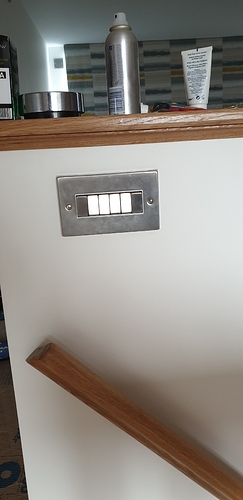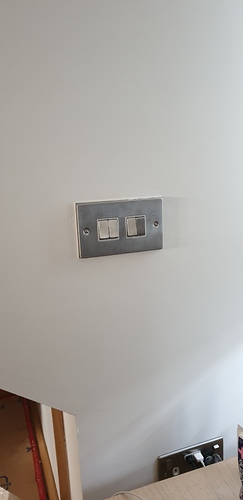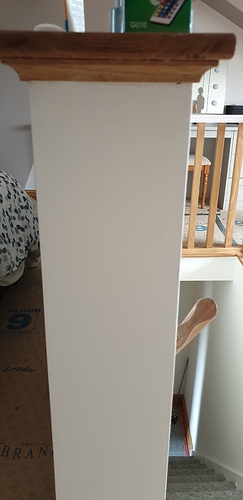 I have seen this before on the continent, don't know why you guys do that it's ugly and messy. We neatly make it off in the back of the switch where it's easy to maintain, test and it's also out of sight.
I have seen this before on the continent, don't know why you guys do that it's ugly and messy. We neatly make it off in the back of the switch where it's easy to maintain, test and it's also out of sight.
What do you mean by the main feed AND the light feed? There is only the light feed and the switch feed. Wait I think you mean the main feed from the supply the switched lighting feed and the switch line feed to the switch box. (The junction box method) if that's the case you guys are 40-60 years behind us, no-one does that anymore for multiple reasons. Neatness, issue with extra connections than needed, the fact that it's usually inaccessible for testing (buried), joints in massive junction boxs tend to fail/ cause fires due to them not getting checked.
For the other switches in that room for that one light yes this is correct the 3 core cable you talking is what is called the 2 way circuit containing the "strappers". What I meant above, is if you have a 2nd or 3rd light with there own switch in that room with multiple switch locations then spread out where the switched light feeds come from. The reason for this is the, let's call it master dimmer device for the line are small but not small enough for lots to go in the same box. They also produced a little bit of warmth, due to them being phase dimmers, so you also don't want them together. Last reason is that they are also powered and so help create your mesh, so by not putting them in one place your helping spread and improve your mesh.
Yes due to above.
If you can, why wouldn't you wire it's always better.
They are reliable, just not as reliable as wired and who wants to change batterys when your in the position to not have to. There is another advantage of wired in that you don't have to ensure the IS a wired device near by. You have to ensure you mesh is strong enough to support the battery devices, so in my mined it's plan for wired and if you then have to put a battery devices in your be covered.
I avoid battery devices where possible, I do have a few and they work well because I have enough power devices. The time the battery lasts all depend on the device, some last a year others more others less. It all depends on how often they report, I like quick updates so it kills the batteries.
Where do you get 60mm deep? The deepest boxes we can do is 47mm and they are MORE than deep enough to fit 2 dimmers in a box. 35 is usual enough but if you can fit 47 your be golden. Just don't fit the standard 25 or god forbid 16!!!!
Another thing to add here is try to use fast fix boxes (plastic dry lining boxes) as much as possible. There better than mental for the radio although if you have enough powered devices like me it shouldn't be to much of a issue.
BTW if you hadn't guessed I am speaking from experience as an electrician aswell.





